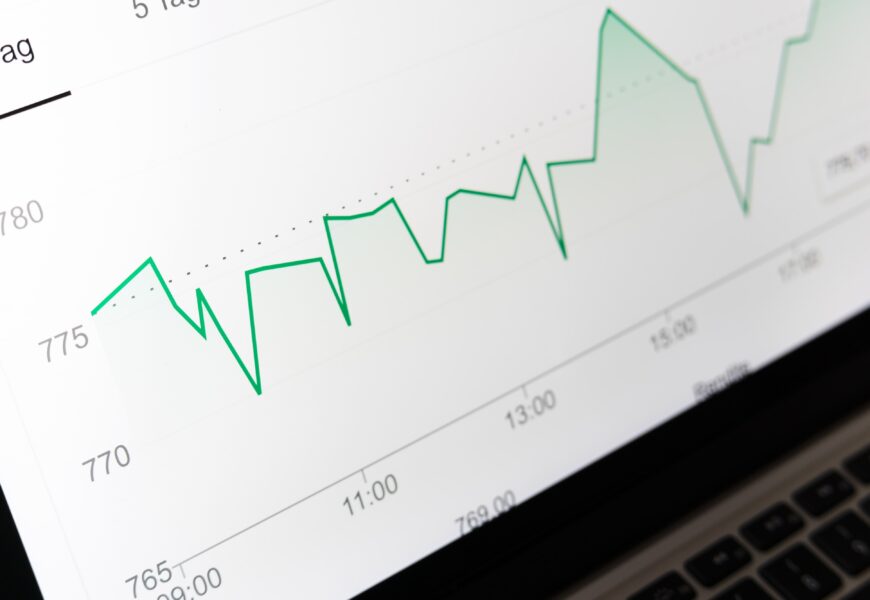Photo courtesy of Unsplash
Hello TCV readers, welcome to this new subsection of News. This year, News Editors will be collaborating on a biweekly “Question the numbers: The Backstory of Statistics” series in which we examine commonly circulated statistics and work to make sense of what they mean, and how they might be limited in representing a given situation. Since numbers are often treated as neutral or objective we hope to use this section to explore this assumption and better understand what purpose it serves. Have any thoughts, questions, or suggestions for what numbers to feature? Reach out to the News Editors at aacheson@conncoll.edu and eroy1@conncoll.edu.
In the early months of the ongoing pandemic, the Washington Post, the Associated Press, and even CNN reported that the US unemployment rate had jumped from 4.4% in March to 14.7% in April. others predicted worsening unemployment and poverty as the budding Covid-19 pandemic continued to unfold. These numbers mark the highest rate of unemployment since the Great Depression, surpassing that of the 2008 economic crash which peaked at roughly 9.5%. But to someone unfamiliar with labor statistics, intimidated by often opaque calculations, or even well-seasoned in using numbers to quantify wealth and the value of financial assets, it can be difficult to understand what the unemployment rate actually represents.
The unemployment rate number represents how many workers out of all workers in the labor force (those currently employed plus workers who have searched for work in the past four weeks) do not have a job to sustain themselves. This calculation is actually only one of six calculations that The Bureau of Labor Statistics regularly uses to understand the scale of employment, unemployment, and underemployment. The two most relevant for our purposes are the official unemployment rate (U-3) and the lesser-known total unemployment rate (U-6). Despite being the number most widely reported and referenced, U-3 does not actually include all workers currently out of work. Only those who are out of work but have looked for a job within the past four weeks are included in its calculations. On the other hand, U-6 provides a much more holistic picture. It includes not only the unemployed who have searched for a job within the past four weeks but also those who have searched within the past year, in addition it includes the underemployed: those who would like a full-time job but are only able to find part-time work.
Percentages claiming to represent unemployment in the US are nearly always presented as indisputable facts. By not sharing the ways in which that number is calculated, they implicitly state that the U-3 rate of 14.7% unemployment in April 2020 is the only way to quantitatively represent the increasingly precarious situations in which most workers find themselves. According to the BLS, the U-6 rate of unemployment in April was 22.8%, and in May it was little better at 21.2%. The portion of people out of work, however, is not the only way to quantify the depravity and hardship people are facing during the pandemic. In May, millions of people in the US were unable to afford their rent, resulting in various schemes to stall evictions. This number alludes to the rising precarity of housing for most people, and is by no means a new phenomenon. Another indication of this rising precarity is the number of people experiencing homelessness which, according to data from 2019, was over 560,000 people on a given night. Due to the difficulties of counting the number of people left unhoused it is likely that this number is an underestimate. Using a model developed in a 2017 study by Dr. Kevin Corinth, a Columbia University economist estimated there could be a “40-45% increase in homelessness by the end of 2020, an increase of around 250,000 people.”
In sum, unemployment rates reported in the news are an incomplete picture of unemployment and poverty in this country. Regardless of whether the U-3 rate or another statistic is cited, the number itself is always the result of a series of decisions that are informed by and have consequences for socio-political realities. How we present numbers and the ways in which they are calculated make them not neutral but highly subjective.•










